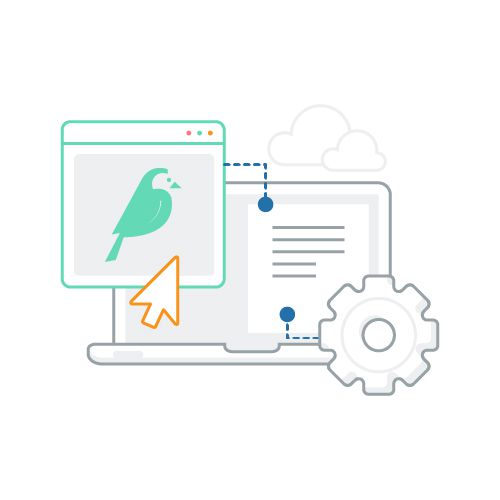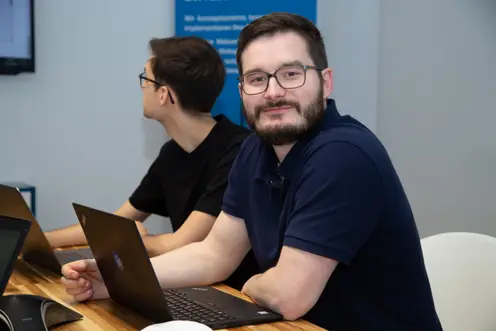State-of-the-Art headless CMS
More flexibility by separating frontend and backend


What are the benefits of headless CMS?
One data source, many possibilities. A headless CMS based on Python/django offers numerous advantages compared to a traditional CMS. When the backend is disconnected from the frontend, it becomes much easier.
Of course, there’s no need to implement a headless CMS when it’s obvious that all the content will be used for just one website. However, if the content is to be used for several devices or platforms, a headless CMS is the ideal solution.
Advantages of a headless CMS based on Python/Django
Quick summary:
- Less complexity (focus on content management)
- Easier integration of third-party solutions
- Easy scalability (bigger server, f. ex.)
- No more page reloads
- Language-agnostic (API can be used with every programming language)
- Front-end-friendly
- Flexibility (channels, platforms etc.)
- No more content migration
- Benefits thanks to open source
Examples of headless technologies
Headless CMS at a glance
Creating and managing all content via one interface (API) means that all contents are gathered in one place which all authors can have access to, independently from one another. Regardless of whether it will be used in two or ten different places, you don’t have to decide on the final number immediately – you can extend the number of places at any time. This is particularly handy if you’d like to be able to react flexibly to trends and changes.

One central repository for everything
Clear division into separate microservices. Flexibility thanks to several outputs (applications, websites etc.).
Easy content management
No duplicate content entry by the authors. No more page reload. Optimised user experience.
Attractive frontend
Technologies like static site generators. Front-end frameworks like Vue, React or Angular. Jamstack (development with JavaScript, APIs and HTML markup).
Examples of headless CMS projects
What do websites look like that have been developed using the headless approach? Well, just like this:

Why is Blueshoe your expert for headless CMS?
We love flexible solutions – that’s why, in our opinion, rigid CMS structures make little sense. As contents are consumed via different platforms and devices nowadays, we think a headless CMS like Wagtail or Saleor is the most modern option. Smartphone, AI virtual assistant or VR headset – if you choose a headless CMS by Blueshoe, your content managers will thank you for it.
OUR PODCAST
TftC - E1: Kubernetes development environments
Check out our very own podcast. In the first edition Michael and Robert discuss the ins and outs of Kubernetes development environments.
More of our podcasts can be found here:
Show more




